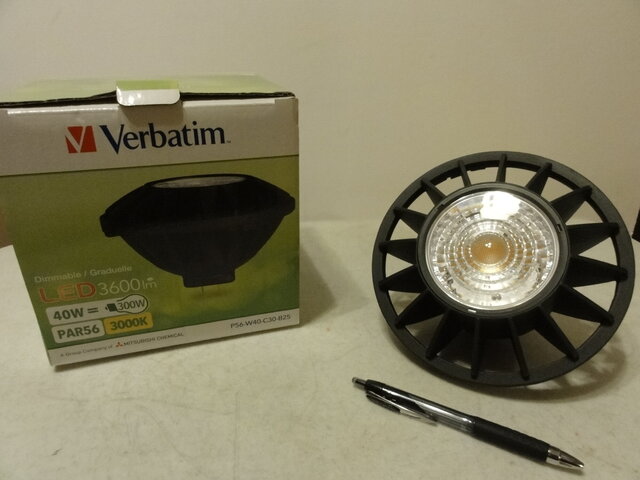I saw this product being announced recently:
http://www.onsiteled.com/home.html
While I have no clue what the price is, I think it's still kind of silly to spend a bunch of money on an LED replacement lamp for a cheap metal can... I understand that some folks might REALLY want to keep the 'look' of a traditional PAR, and of course the whole 'not replacing dimmers' thing, but with so many options on the market for LED now, I wonder how popular these really are going to be....
http://www.onsiteled.com/home.html
While I have no clue what the price is, I think it's still kind of silly to spend a bunch of money on an LED replacement lamp for a cheap metal can... I understand that some folks might REALLY want to keep the 'look' of a traditional PAR, and of course the whole 'not replacing dimmers' thing, but with so many options on the market for LED now, I wonder how popular these really are going to be....



